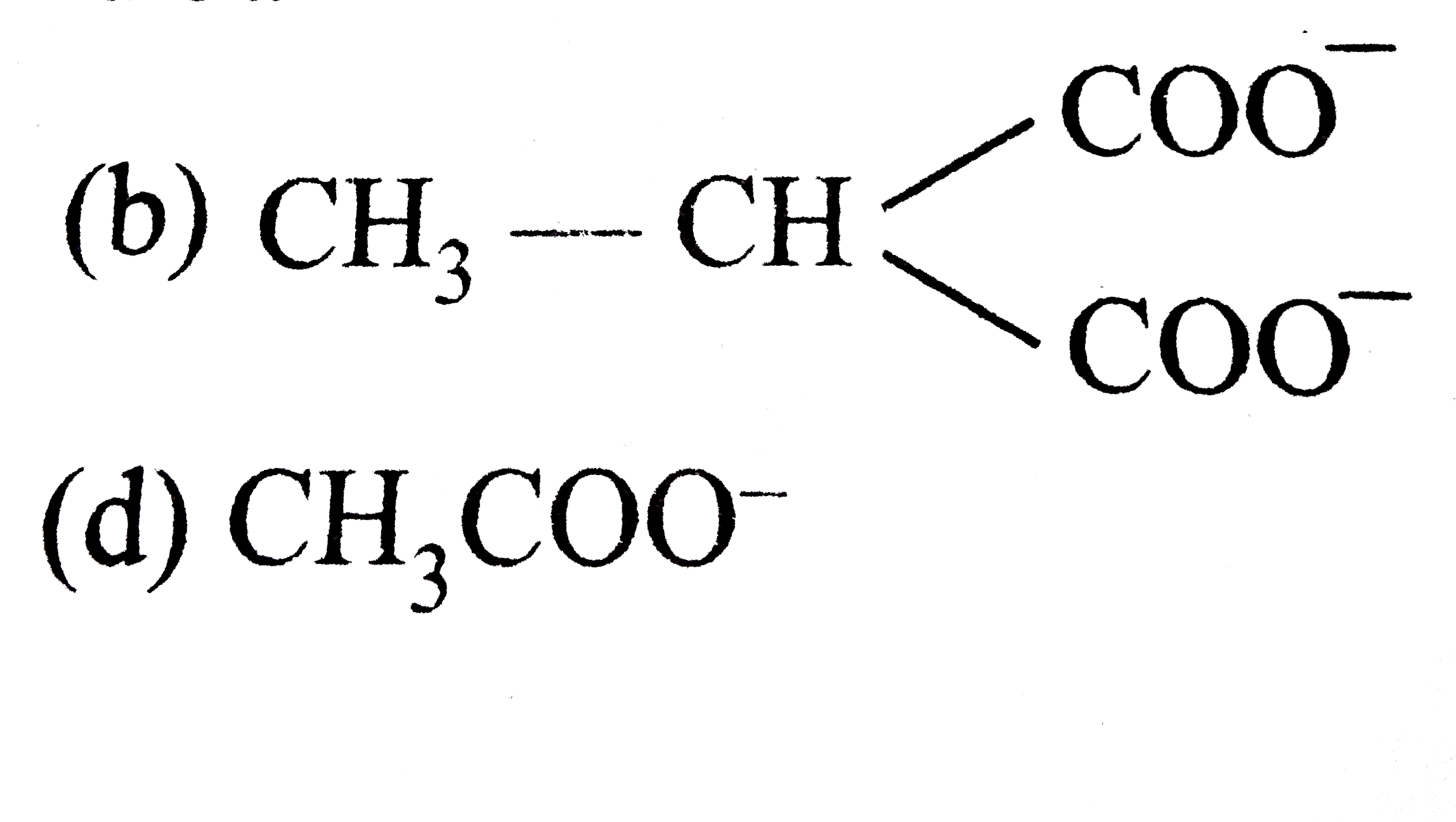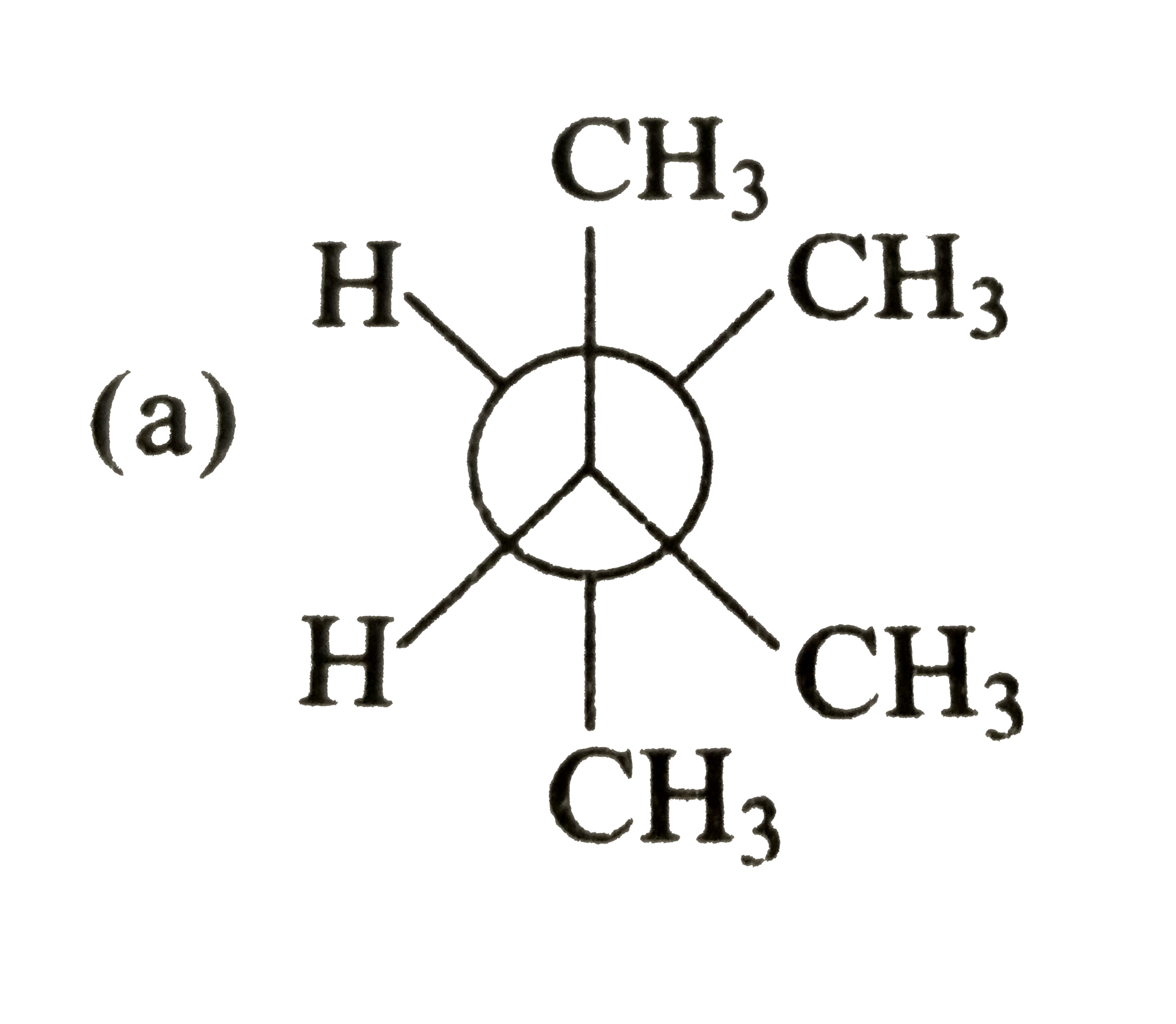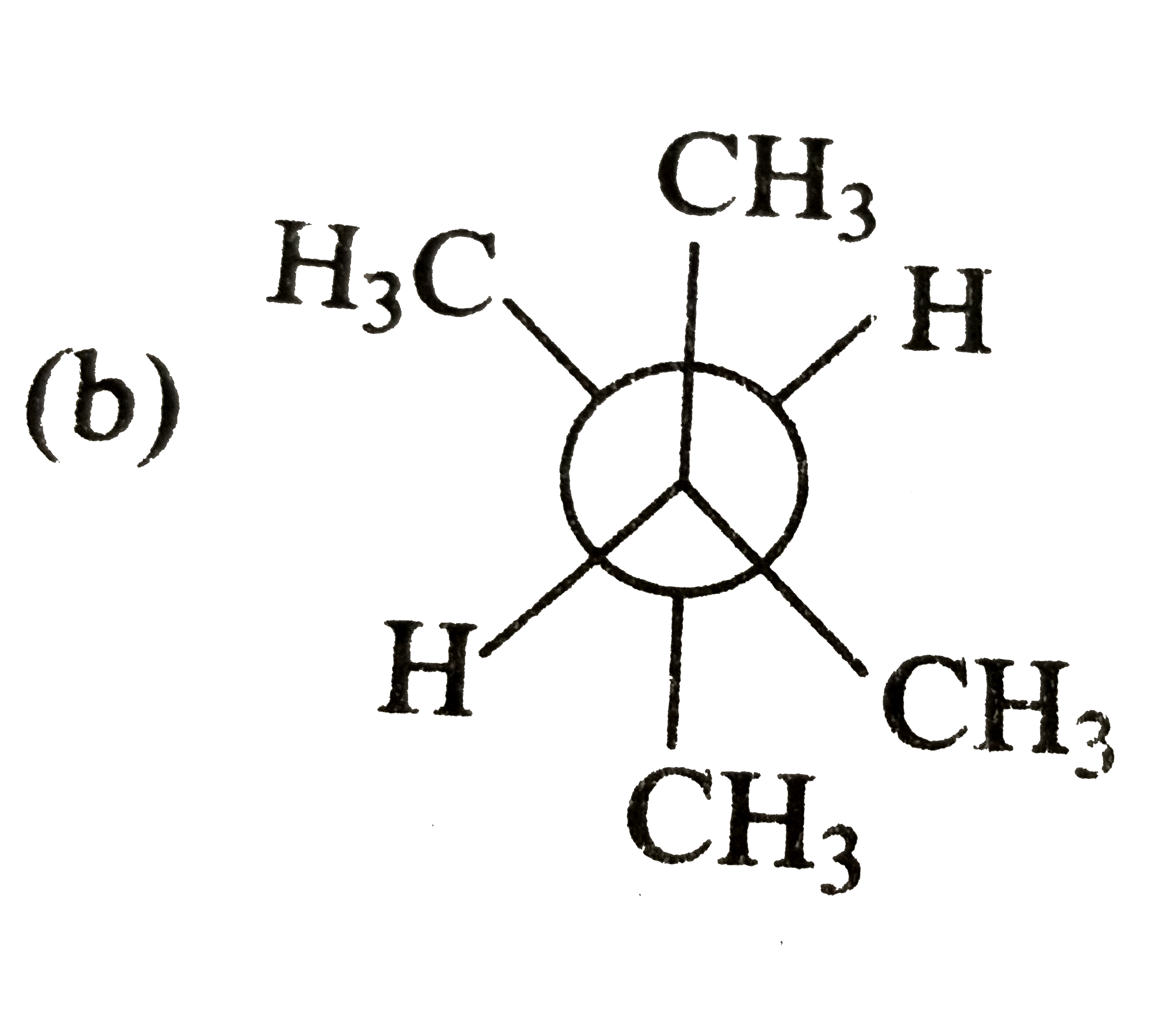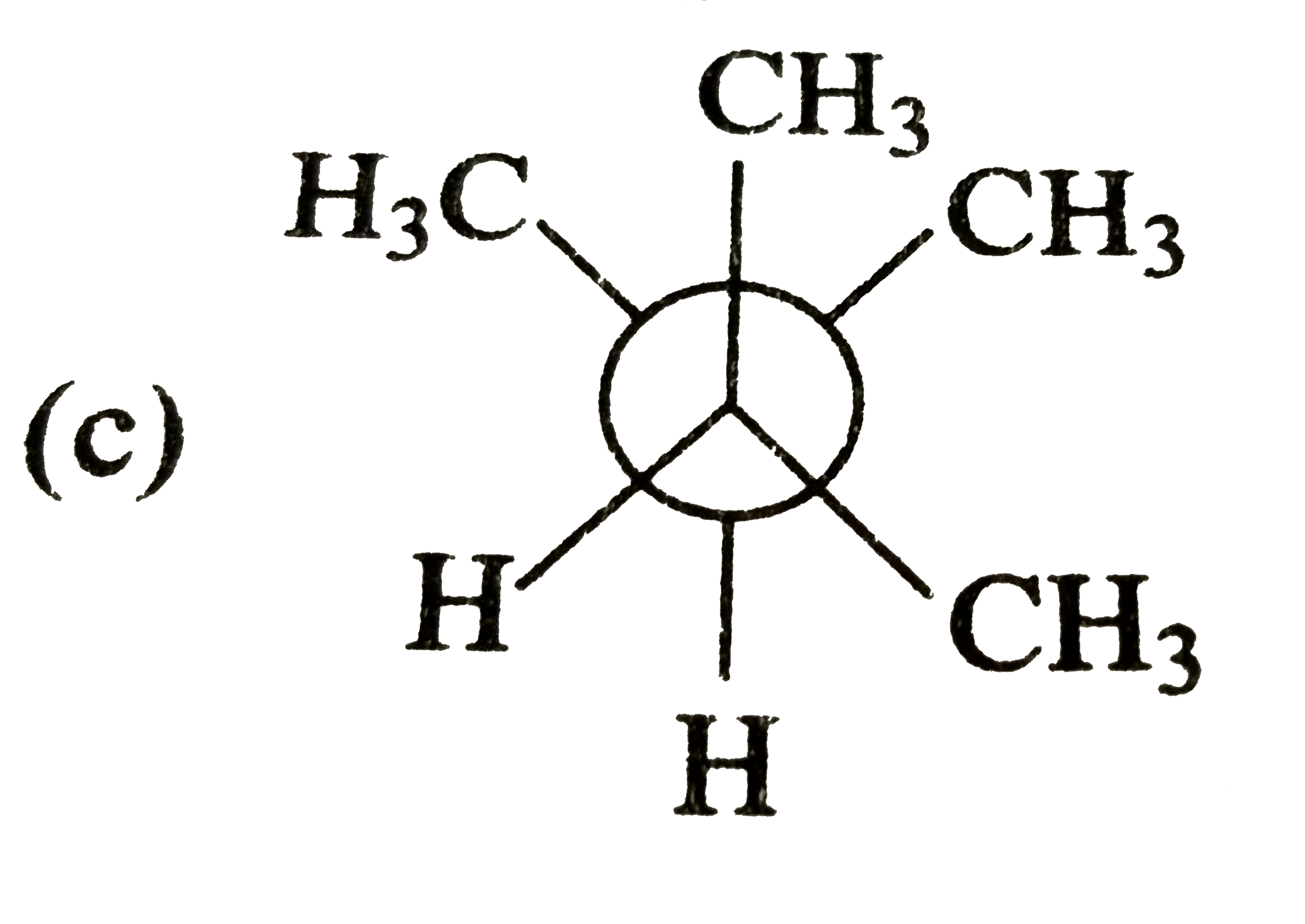During electrolysis which anion migrates towards anode so as to produce 2,3−dimethyl butane
CH3−CH2−COO−

CH3−C∣CH3HCOO−
CH3COO−
The correct Answer is:c
To determine which anion migrates towards the anode during electrolysis to produce 2,3-dimethylbutane, we can follow these steps:
Step 1: Identify the target product
The target product is 2,3-dimethylbutane. This compound has the following structure:
CH3|CH3−C−C−CH3|CH3
Step 2: Determine the precursor molecules
To synthesize 2,3-dimethylbutane, we need to identify the precursor molecules. The precursor for this compound can be derived from 2 molecules of 2-butanol (or a similar compound). The molecular formula for 2-butanol is CH3-CH(OH)-CH2-CH3.
Step 3: Electrolysis process
During electrolysis, we need to convert the precursor into a suitable anion that can migrate towards the anode. The electrolysis of 2-butanol can lead to the formation of a carbanion or a suitable anion.
Step 4: Identify the anion
The anion that will migrate towards the anode is the one that can lead to the formation of the desired alkane. In this case, the anion that will migrate is the one derived from the deprotonation of 2-butanol, which can be represented as:
\( \text{CH}_3\text{CH}(\text{C}O^{-})\text{CH}_3 \)
This indicates that the anion is the carboxylate form, specifically:
\( \text{CH}_3\text{CH}(\text{C}O^{-})\text{CH}_3 \)
Step 5: Conclusion
Thus, the anion that migrates towards the anode during the electrolysis to produce 2,3-dimethylbutane is:
\( \text{CH}_3\text{CH}(\text{C}O^{-})\text{CH}_3 \)
Final Answer
The anion that migrates towards the anode is \( \text{CH}_3\text{CH}(\text{C}O^{-})\text{CH}_3 \).
---
The target product is 2,3-dimethylbutane. This compound has the following structure:
To synthesize 2,3-dimethylbutane, we need to identify the precursor molecules. The precursor for this compound can be derived from 2 molecules of 2-butanol (or a similar compound). The molecular formula for 2-butanol is CH3-CH(OH)-CH2-CH3.
During electrolysis, we need to convert the precursor into a suitable anion that can migrate towards the anode. The electrolysis of 2-butanol can lead to the formation of a carbanion or a suitable anion.
The anion that will migrate towards the anode is the one that can lead to the formation of the desired alkane. In this case, the anion that will migrate is the one derived from the deprotonation of 2-butanol, which can be represented as:
Thus, the anion that migrates towards the anode during the electrolysis to produce 2,3-dimethylbutane is:
The anion that migrates towards the anode is \( \text{CH}_3\text{CH}(\text{C}O^{-})\text{CH}_3 \).
Topper's Solved these Questions
- HYDROCARBONSBOOK - A2ZCHAPTER - HYDROCARBONSEXERCISE - Chemical Properties Of Alkanes
97 Videos
- HYDROCARBONSBOOK - A2ZCHAPTER - HYDROCARBONSEXERCISE - Methods Of Preparation Of Alkanes
31 Videos
- ENVIRONMENTAL CHEMISTRYBOOK - A2ZCHAPTER - ENVIRONMENTAL CHEMISTRYEXERCISE - Section D - Chapter End Test
30 Videos
- HYDROGENBOOK - A2ZCHAPTER - HYDROGENEXERCISE - Section D - Chapter End Test
30 Videos
Similar Questions
Knowledge Check
During electrolysis the reaction at anode is -
AOxidationBReductionCDecompositionDNone of theseThe most stable conformation of 2, 3- dimethyl butane is
A B
B C
C DNono of these
DNono of theseDuring electrolysis, O2(g) is evolved at anode in
ADilute H2SO4 with Pt electrodeBAqueous AgNO3 with Pt electrodeCDilute H2SO4 with Cu electrodeDFused NaOH with an Fe cathode and Ni anode
During the electrolysis of fused NaCl, which reaction occurs at anode
View SolutionDuring the electrolysis of fused NaCl , which reaction occurs at anode ?
View SolutionDuring electrolysis of fused calcium hydride, the hydrogen is produced at
View SolutionDuring electrolysis mass of a substance produced is proportional to
View SolutionDuring the electrolysis of fused NaCl, which reaction occurs at the anode?
View Solution
